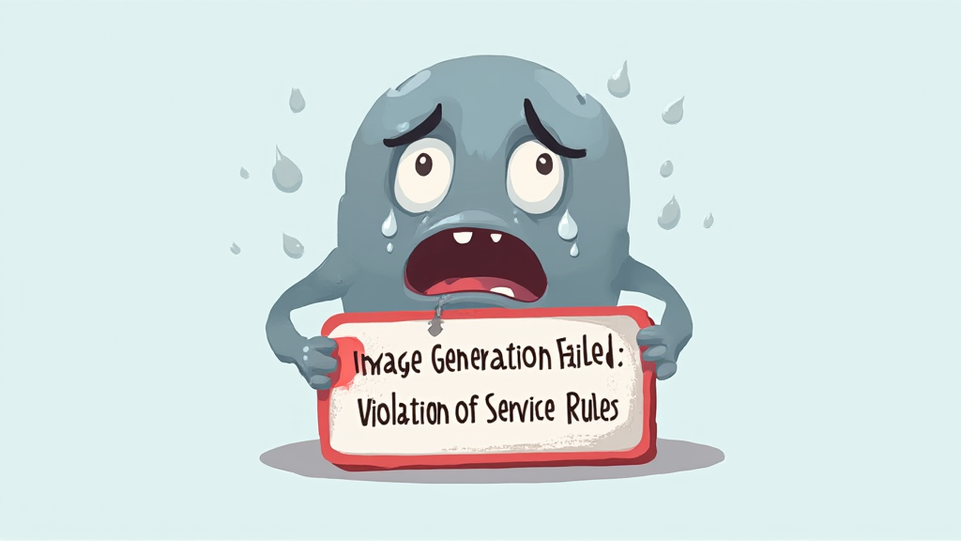Introduction to Inflation and Its Impact on Savings
Understanding Inflation: Causes and Effects
Inflation represents the rate at which the general level of prices for goods and services rises, eroding purchasing power. This phenomenon can significantly impact savings, as the real value of money diminishes over time. He must consider how inflation affects his financial stability. Inflation can lead to higher costs of living, forcing individuals to allocate more resources to essential expenses. This often results in reduced discretionary spending. It’s crucial to understand these dynamics. Many people overlook this aspect. Additionally, inflation can influence interest rates, affecting returns on savings accounts and investments. He should be aware of these changes.
The Current State of Inflation Globally
Currently, inflation rates are rising in many countries, driven by supply chain disruptions and increased demand. This trend is concerning for economic stability. Many consumers feel the pinch. Central banks are responding by adjusting interest rates to combat inflation. These measures can have mixed effects on growth. He should monitor these developments closely. Understanding global inflation trends is essential for informed financial decisions. Knowledge is power in finance.
The Role of Cryptocurrency in an Inflationary Environment
How Cryptocurrencies Can Hedge Against Inflation
Cryptocurrencies offer a unique hedge against inflation due to their decentralized nature and limited supply. This scarcity can preserve value over time. He recognizes the potential benefits. Unlike fiat currencies, which can be printed at will, cryptocurrencies like Bitcoin have a capped supply. This characteristic can mitigate inflationary pressures. Many investors are turning to digital assets. Awareness is crucial in this evolving lansscape.
Comparing Cryptocurrencies to Traditional Assets
Cryptocurrencies and traditional assets differ significantly in several aspects:
Investors should weigh these factors carefully. Knowledge is key to making informed choices.
Diversifying Your Investment Portfolio
The Importance of Asset Diversification
Asset diversification is crucial for managing risk effectively. By spreading investments across various asset classes, an investor can reduce exposure to any single economic event. This strategy enhances overall portfolio stability. He should consider this approach. Additionally, diversification can improve potential returns over time. Different assets often react differently to market conditions. This creates opportunities for growth. Understanding these dynamics is essential.
Incorporating Cryptocurrencies into Your Portfolio
Incorporating cryptocurrencies into an investment portfolio can enhance diversification. This inclusion allows for exposure to a rapidly evolving asset class. He should evaluate potential risks and rewards. Cryptocurrencies often exhibit low correlation with traditional assets. This characteristic can stabilize overall portfolio performance. Investors may benefit from strategic allocation. Understanding market dynamics is essential for success. Knowledge empowers better investment decisions.
Stablecoins: A Safe Haven in Volatile Markets
What Are Stablecoins and How Do They Work?
Stablecoins are digital currencies designed to maintain a stable value, typically pegged to a fiat currency like the US dollar. This mechanism provides a reliable store of value in volatile markets. He should consider their benefits. Common types of stablecoins include fiat-collateralized, crypto-collateralized, and algorithmic stablecoins. Each type has unique characteristics and risks. They offer liquidity and ease of use. Many investors find them appealing. Understanding their structure is crucial for informed decisions.
Using Stablecoins to Preserve Value
Using stablecoins allows investors to preserve value during market fluctuations. These digital assets provide a hedge against volatility. He should recognize their potential benefits. By pegging to fiat currencies, stablecoins maintain a consistent value. This stability is crucial in unsure economic conditions. Many investors utilize them for liquidity . Understanding their mechanics is essential for effdctive use. Knowledge leads to better financial strategies.
Decentralized Finance (DeFi) as a Strategy
Understanding DeFi and Its Benefits
Decentralized Finance (DeFi) offers innovative financial solutions without intermediaries. This system enhances accessibility and reduces costs. He should explore its advantages. DeFi platforms enable users to lend, borrow, and trade assets directly. This increases financial autonomy and transparency. Many investors are adopting these strategies. Understanding DeFi is crucial for informed decisions. Knowledge empowers better financial management.
How to Get Started with DeFi Platforms
To get started with DeFi platforms, one must first select a reliable wallet. This wallet will store digital assets securely. He should research various options. Next, he needs to acquire cryptocurrencies to use on these platforms. Many exchanges facilitate this process. After obtaining assets, he can explore different DeFi services. Understanding the risks is essential. Knowledge is key to successful participation.
Long-term vs. Short-term Strategies for Savings
Evaluating Your Financial Goals
Evaluating financial goals is essential for effective planning. He must distinguish between long-term and short-term strategies. Long-term goals often require different investment approaches. This can lead to greater returns over time. Short-term strategies focus on immediate needs. He should assess his priorities carefully. Understanding these differences is crucial. Knowledge drives better financial decisions.
Choosing the Right Strategy for Your Needs
Choosing the right strategy involves assessing individual financial goals. Long-term strategies typically focus on growth and wealth accumulation. This approach can yield significant returns. He should consider his time celestial horizon. In contrast, short-term strategies prioritize liquidity and immediate access to funds. This is essential for urgent needs. Understanding personal circumstances is vital. Knowledge leads to informed financial choices.
Conclusion: Taking Action Against Inflation
Recap of Key Strategies
To combat inflation effectively, individuals should consider various strategies. Diversifying investments across asset classes can mitigate risks. This approach enhances overall portfolio stability. He must evaluate his financial goals. Additionally, incorporating cryptocurrencies and stablecoins may provide protection against inflation. These assets can preserve value during economic uncertainty. Understanding these strategies is essential for informed decision-making. Knowledge empowers better financial outcomes.
Encouragement to Stay Informed and Adapt
Staying informed about economic trends is crucial for financial success. He must regularly review market conditions and adjust strategies accordingly. This proactive approach can mitigate risks associated with inflation. Additionally, leveraging resources such as financial news and expert analyses can enhance understanding. He should engage with educational content consistently. Adapting to changes ensures long-term financial stability. Awareness leads to better decision-making.
